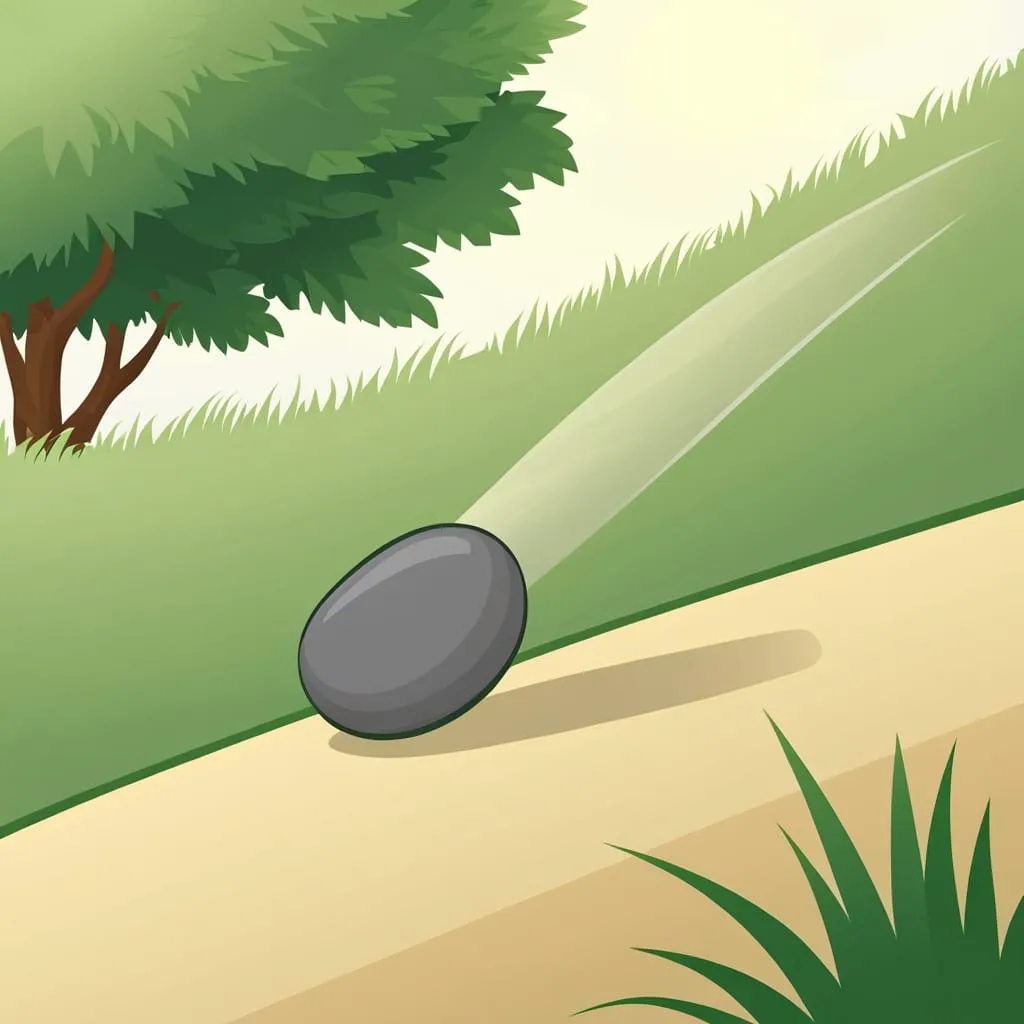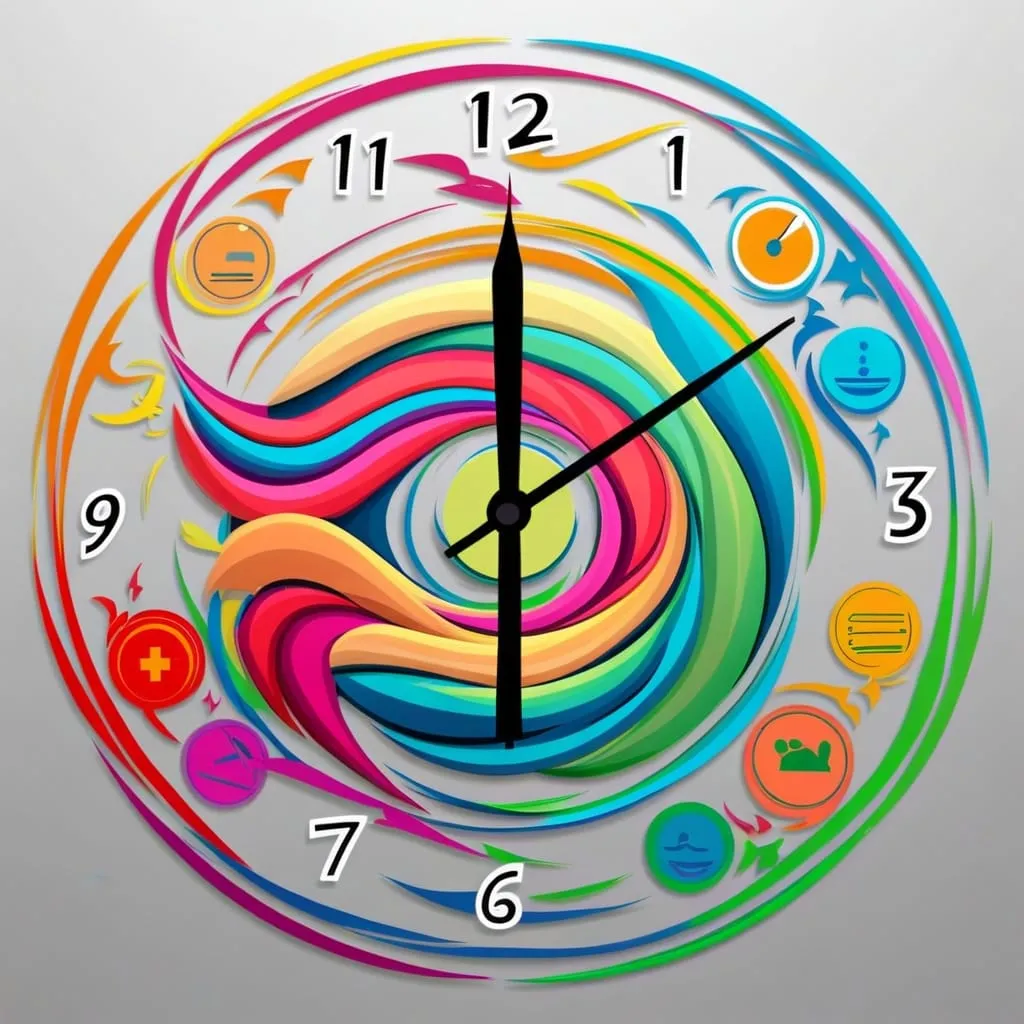The Anti-Schedule: Flipping the Script on Productivity
We've all been there - frantically trying to squeeze every last drop of productivity out of our days, meticulously planning each hour like our lives depend on it. But what if I told you there's a better way? A way that doesn't involve tossing your planner in the trash, but rather reimagining how you use it. Enter the anti-schedule approach.
So, what's this anti-schedule thing all about? Well, it's pretty simple really. Instead of filling up your calendar with work tasks and then trying to cram in some "me time" wherever you can, you flip the script. You start by scheduling your leisure activities first. I know, I know, it sounds crazy, right? But hear me out.
Let's say you love spending your afternoons reading or taking a stroll in the park. With the anti-schedule method, you'd block out that time in your calendar just like you would for an important work meeting. This way, you're guaranteeing yourself some dedicated time for the things that bring you joy and help you relax. And here's the kicker - this actually ends up fueling your productivity when you do sit down to work.
But it's not just about having fun (although that's a pretty big part of it). The anti-schedule approach is also about managing your emotions. We're not robots, after all. Our feelings play a huge role in our creativity and productivity. By giving yourself time to do things you enjoy, you're creating a balance that helps you handle the ups and downs of your day better.
Imagine starting your morning with a quick yoga session or spending a few minutes sketching. Not only does this help you relax, but it also gets your mind ready for the tasks ahead. It's like warming up before a workout - you're preparing your brain for the mental gymnastics to come.
Now, let's talk about energy management. We all have times when we're firing on all cylinders and times when we're... well, not. The anti-schedule method takes this into account. Instead of trying to force yourself to be productive when you're feeling sluggish, you work with your natural rhythms.
Are you a morning person? Great! Block out your most intense work sessions for the AM and save your afternoons for easier tasks or leisure activities. Night owl? Do the opposite. The key is to sync your schedule with your energy levels. This way, you're working when you're at your best and recharging when you need it most.
Of course, all of this scheduling and anti-scheduling requires some boundary-setting. When you prioritize your leisure time, you need to let others know when you're available and when you're not. This is where calendar blocking comes in handy. If you've blocked out 2-3 PM for a walk, treat that time as non-negotiable - just like you would a meeting with your boss.
One of the biggest pitfalls of traditional scheduling is overcommitting. We've all been guilty of trying to cram too much into our days, leaving no room for unexpected interruptions or just, you know, breathing. The anti-schedule approach avoids this by leaving some buffer time between activities. This flexibility is crucial for maintaining a healthy work-life balance. If a meeting runs long or traffic is worse than usual, you have some wiggle room to adjust without feeling like your whole day is thrown off.
Another cool thing about the anti-schedule method is that it shifts the focus from quantity to quality. Instead of trying to do ALL THE THINGS, you concentrate on delivering high-quality work during your most productive periods. It's not about how much you can cram into your day, but how well you can do the things that really matter.
Let's look at a real-life example. Imagine you're working from home (not hard to imagine these days, right?). Without a structured schedule, it's easy for work and personal life to blend into one big, stressful blob. But by using the anti-schedule approach, you can create clear distinctions between work and relaxation.
You might block out the morning for work, followed by a lunch break and then some time for reading or a walk. This structure ensures you have dedicated time for both work and leisure, leading to a more balanced and productive day. And let's be honest, who doesn't want that?
Now, the anti-schedule approach isn't meant to be used in isolation. It plays well with other productivity techniques too. For example, you could use the Pomodoro technique during your work blocks to maintain focus and avoid burnout. This involves working in focused 25-minute increments, followed by a short break. It's like interval training for your brain!
You could also prioritize tasks using methods like the Eisenhower Matrix or the 'Eat the Frog' approach. These techniques help you tackle the most important tasks during your most productive periods. Combine these with the anti-schedule method, and you've got yourself a productivity powerhouse.
But here's the thing - the anti-schedule approach isn't about abandoning all structure and planning. It's about creating a more holistic and balanced way of living and working. By prioritizing leisure time, managing your energy levels, setting clear boundaries, and focusing on quality over quantity, you can achieve a higher level of productivity and well-being.
This method is a reminder that productivity isn't just about how much you can do, but how well you can live while doing it. It's about finding that sweet spot between work and life, where both aspects enrich each other rather than conflicting.
So, the next time you reach for your planner, consider flipping the script. Start by scheduling your leisure time first. You might just find that it's the key to unlocking a more productive, balanced, and fulfilling life.
Remember, we're not machines designed to work non-stop. We're human beings with complex needs and emotions. The anti-schedule approach acknowledges this and works with our humanity instead of against it. It's about creating a life that's not just productive, but also enjoyable and sustainable.
Think about it - when was the last time you felt truly relaxed and recharged? If you can't remember, it might be time to give the anti-schedule method a try. Start small if you need to. Maybe block out just 30 minutes a day for something you enjoy. See how it affects your mood and productivity. You might be surprised at the results.
And don't worry if it feels a bit weird at first. Any new habit takes time to get used to. Be patient with yourself and remember that this is about improving your life, not adding another source of stress.
The beauty of the anti-schedule approach is that it's flexible. You can adapt it to fit your lifestyle and needs. Maybe you prefer to have your leisure time in the morning, or perhaps you like to sprinkle short breaks throughout your day. The important thing is to find what works for you and stick with it.
In the end, the anti-schedule method is about more than just productivity. It's about creating a life that you enjoy living. A life where work and play are in harmony, not at odds with each other. A life where you have time for the things and people that matter most to you.
So, are you ready to flip the script on your schedule? To prioritize your well-being alongside your work? To create a life that's not just productive, but also fulfilling? Give the anti-schedule approach a try. Your future, more balanced self will thank you.






